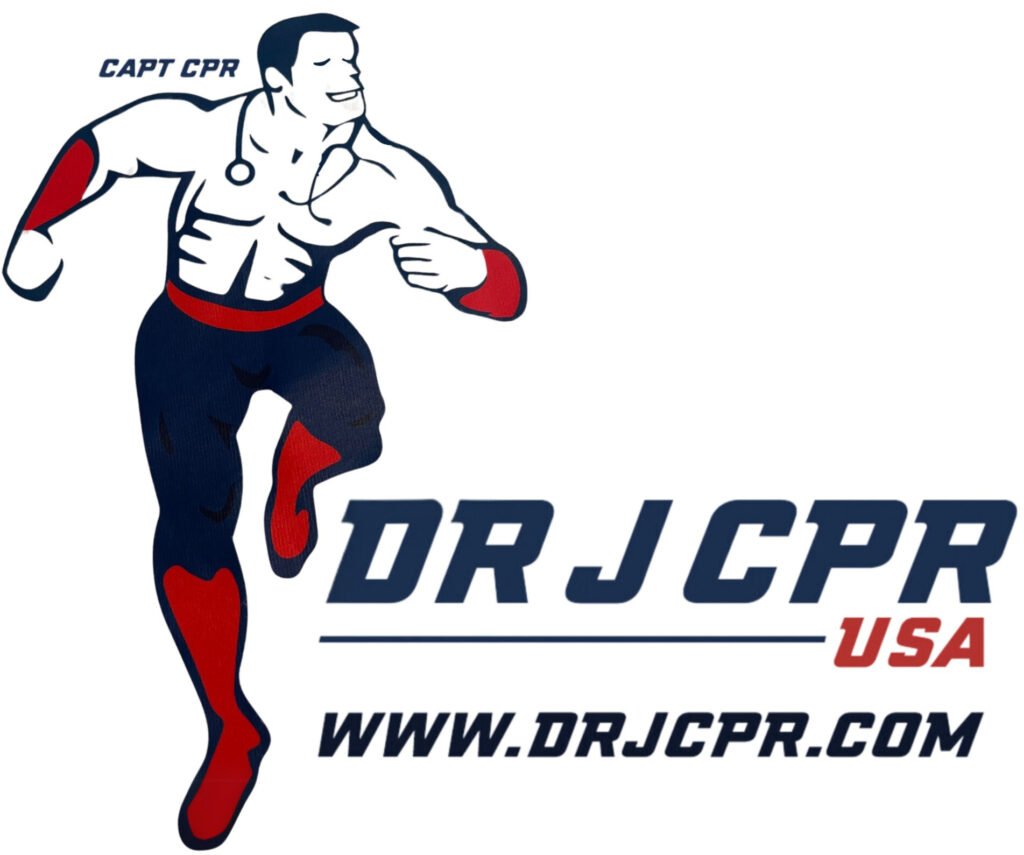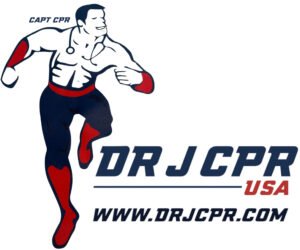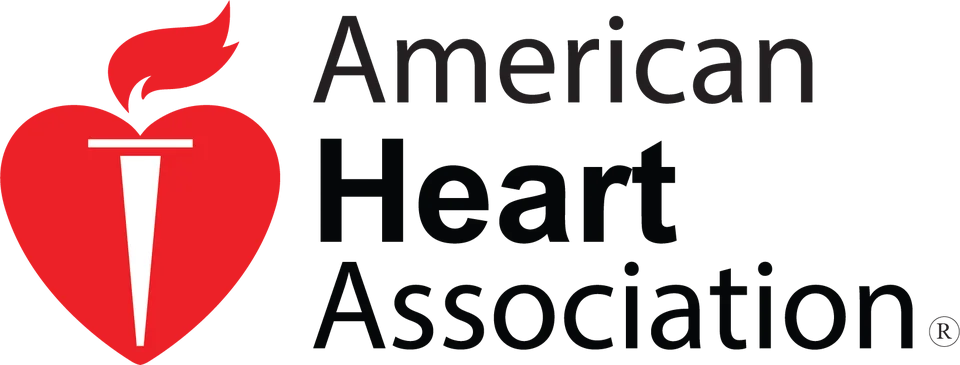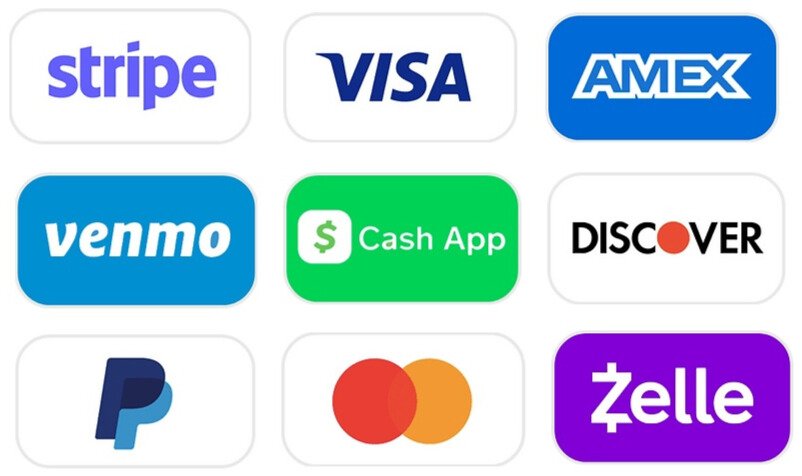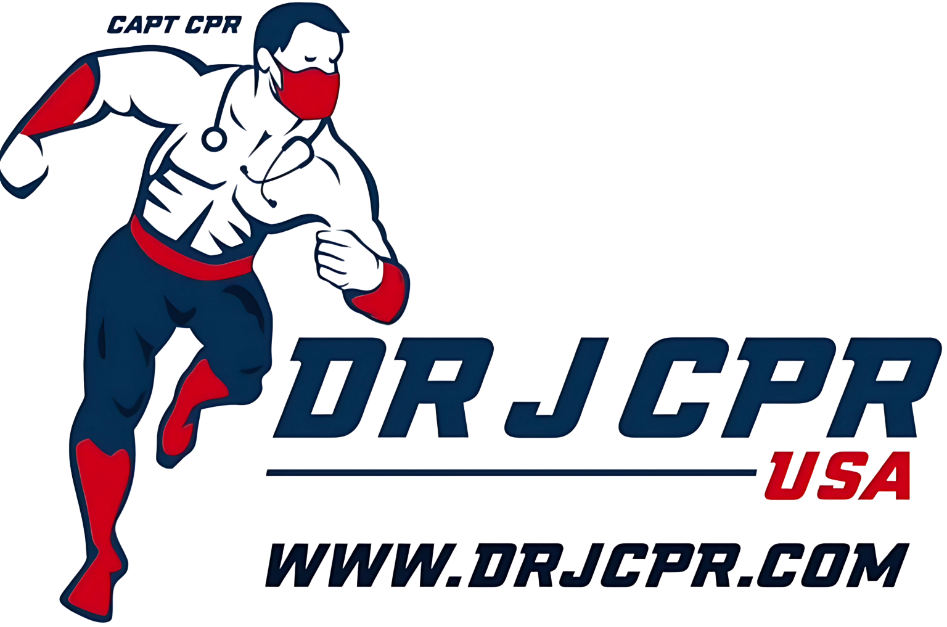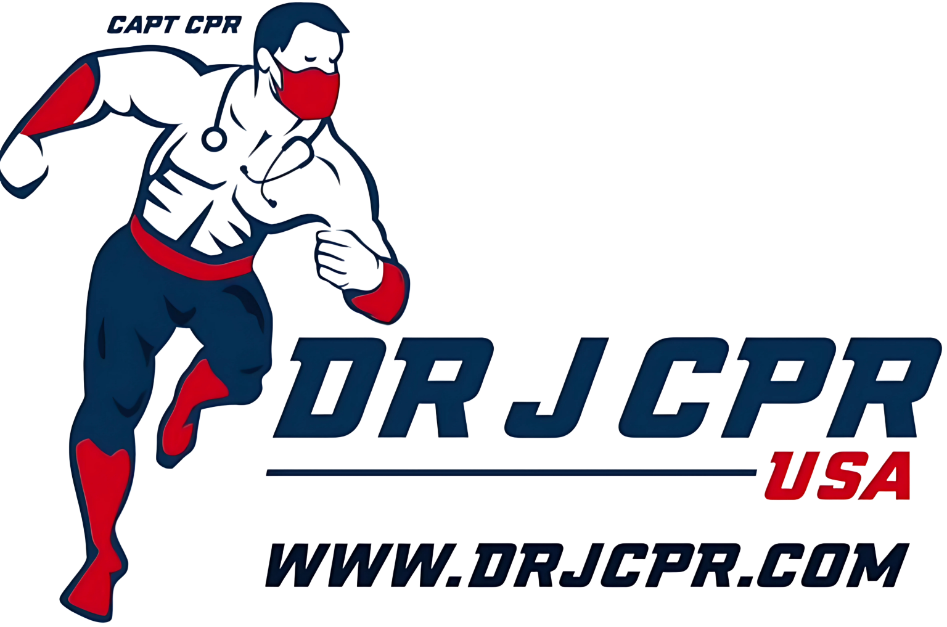Cardiopulmonary Resuscitation (CPR) is a life-saving technique that everyone should learn. Whether you’re a parent, teacher, healthcare professional, or simply a responsible citizen, being certified in CPR could make the difference between life and death in an emergency situation. In this guide, we will explain why CPR certification is essential for everyone, the benefits it offers, and how you can get trained.
What is CPR?
CPR is a simple yet effective emergency procedure that helps maintain blood flow and oxygen to vital organs when someone’s heart stops beating or when they stop breathing. CPR typically involves chest compressions and rescue breaths, depending on the victim’s condition. CPR can be performed on adults, children, and infants, with some variations in technique depending on the age and size of the person.
In addition to traditional CPR, there’s also the use of an Automated External Defibrillator (AED) in many cases, which can deliver an electric shock to the heart to restore its normal rhythm.
Why is CPR Certification Important?
- You Could Save a Life The most obvious and important reason to get CPR certified is that you could save someone’s life. Cardiac arrest and respiratory failure can happen unexpectedly, and without prompt action, the chances of survival drastically decrease. According to the American Heart Association (AHA), the survival rate for a person who has suffered a sudden cardiac arrest is about 10%. However, if CPR is administered immediately, this number increases significantly. By learning CPR, you gain the ability to provide immediate help in these life-threatening situations. It can be a critical step in saving a person until emergency medical services (EMS) arrive.
- CPR Is Needed in Everyday Situations Cardiac arrest can occur anywhere—at home, at work, in public spaces, or even during exercise. A heart attack or respiratory failure can strike without warning, and many of these incidents happen in environments where medical professionals may not be immediately available. The more people around you who are CPR certified, the better prepared society is to handle emergencies. For example, think about parents. A child could choke or have a sudden health episode at home, and parents who are trained in CPR can act quickly to keep their child alive until paramedics arrive. The same applies to teachers, coaches, and caregivers who interact with children or vulnerable adults.
- CPR Training Builds Confidence in Emergencies It’s not enough to just know how CPR works; you need to feel confident in performing it. CPR training teaches you not only the skills but also how to stay calm and act quickly during an emergency. The CPR certification process involves hands-on practice, making it easier for you to react when a real-life emergency occurs. The confidence gained through training ensures that you’re prepared to act, even in high-stress situations.
- Increases Workplace Safety Many organizations require CPR certification as part of workplace safety protocols, especially in industries like healthcare, education, hospitality, and construction. Employees who are CPR trained can respond quickly and competently in the event of an emergency, preventing potential harm to colleagues, clients, or customers. Knowing CPR at work also shows your employer and coworkers that you care about their safety and well-being. Furthermore, a workplace CPR certification program can be a valuable investment for any business, as it can help reduce workplace injuries and promote a culture of safety.
- A CPR Certificate Can Save Your Job or Career Certain professions require CPR certification as a prerequisite for employment or to continue working. This is particularly true in healthcare, child care, fitness training, and coaching. If you work in these fields and don’t have CPR training, you might be unable to perform your job duties, or you may not meet the legal requirements in your area. Getting certified can protect your employment status and advance your career opportunities.
- It’s Easy and Accessible to Get CPR Certified One of the most compelling reasons to pursue CPR certification is that it’s easy and accessible to do so. CPR certification courses are offered by various organizations, including the American Heart Association, the Red Cross, and many local hospitals and clinics. These courses are often available online, in-person, or through blended learning formats. In addition, CPR classes can be completed in just a few hours, making it a manageable commitment for anyone. Once you complete the course, you’ll receive a CPR certification card, which typically lasts for two years before you need to renew it. Renewal courses are often shorter and more affordable, ensuring that your skills stay sharp and up-to-date.
Who Should Get CPR Certified?
Everyone! While certain groups of people are more likely to encounter emergency situations that require CPR, anyone can benefit from having this life-saving skill. Here are some examples of people who should definitely get CPR certified:
- Parents and caregivers: You’re responsible for the well-being of your loved ones, and CPR training is essential to ensure their safety, especially in emergency situations.
- Teachers and daycare workers: You may be around children, and in those situations, a child’s health and safety are paramount. Knowing CPR can help prevent or mitigate potential risks in the classroom or daycare center.
- Coaches and athletic trainers: Sports injuries and heart problems can happen unexpectedly during physical activity, and CPR can help stabilize athletes until medical professionals arrive.
- Healthcare professionals: CPR is an essential skill for healthcare workers, including doctors, nurses, and first responders, to ensure patient safety and survival during emergencies.
- Anyone in a workplace or public setting: Whether you work in an office, retail, hospitality, or manufacturing, having CPR knowledge can help save lives in case of an emergency.
How to Get CPR Certified
Getting CPR certified is relatively simple. Here’s what you need to do:
- Find a CPR Training Course: Look for courses from reputable organizations such as the American Heart Association, Red Cross, or local hospitals. Many courses are available both in-person and online.
- Complete the Training: A typical CPR course will cover adult, child, and infant CPR, as well as First Aid and the use of an AED. Expect to spend a few hours completing the course, including hands-on practice.
- Receive Your Certification: After passing the course, you’ll receive a CPR certification card. Make sure to keep this card updated, as most certifications last for two years.
